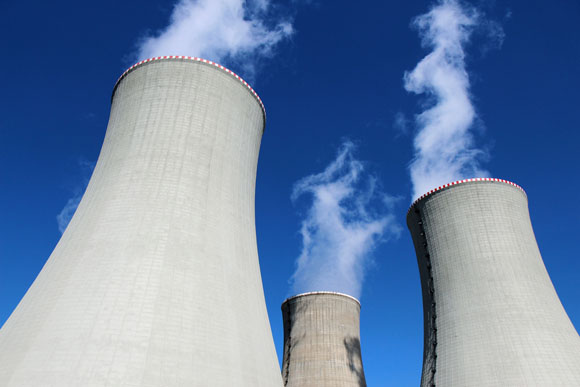Thomas Drolet has decades of experience in capitalizing on the movement of international energy markets. The chief of Drolet & Associates Energy Services is not sanguine about the long-term potential of fracking, but in this interview with The Mining Report, he tells us why now is a great time to reinvest in the uranium space.

The Mining Report: It’s been a rough couple of years for uranium prices. Realistically, could news of possible restarts of nuclear plants in Japan positively impact the price of uranium, even if it’s only psychologically?
Thomas Drolet: The psychology of Japan restarts has been driving the spot price; perhaps it will start to move the all-important long-term price, too. The long-term price is the signal that the utilities are buying. It is paramount to core value investing.
“Ur-Energy Inc.Ur-Energy Inc.“
Let’s talk about Japan. My observation, after having been there several times post-Fukushima Daiichi, is that there is a giant tug-o-war going on. Pulling on one end of the rope is Japanese industry, which is paying a high price for fossil fuels replacement electricity, and the current government, which is definitely for bringing the nuclear plants back on-line. Tugging on the other end of the rope is a profoundly fearful public. Hanging onto the middle of the rope is Japan’s new nuclear regulatory agency. It will take time for this stronger regulator to finish a series of mandated safety checks before it can authorize bringing back some of the mothballed reactors.
Kyushu Electric Power Co. Inc. (9508:TKY) plans to restart two reactors at Sendai in the middle of Q1/15. This is sending a positive signal to the whole uranium production and supply space. However, the inventory of fuel at the Japanese reactors is very high; the utilities had long-term contracts when they were shut down. And those contracts generally could not be terminated. The large, existing inventory of fuel will be gradually eaten up as reactors restart after wending their way through nuclear regulatory approvals, prefecture approvals, local town approvals and, finally, national government approval.
TMR: Will the Japanese be building new reactors, as well as bringing back the ones that were mothballed?
TD: The Japanese have announced the intent to start building a couple of new reactors, but I do not see any real progress yet on the early-stage design efforts. What I do see is that the major reactor suppliers from Japan—Mitsubishi Corp. (MSBSHY:OTCPK), Toshiba Corp. (TOSBF:OTC: 6502:TKY)—are actually doing the opposite; they are concentrating overseas. They are doing deals in the United States, in Europe, in Southeast Asia.
Two years ago in the U.S., there were 104 working reactors. Six of them were stilled for valid local or contractual reasons: i.e., the argument with a supplier of new heat exchangers for San Onofre took two units out. And there was significant displeasure in the Northeast with a couple of reactors, and one in Wisconsin. Anyway, we are down to 98 reactors in the U.S. now.
“Zimtu Capital Corp.Zimtu Capital Corp.“
In the U.S., four new AP1000 reactors, each one delivering 1,200 megawatts, are being built by Toshiba/Westinghouse Electric Co. Toshiba is the master contractor, supervising Westinghouse and, among others, Chicago Bridge & Iron Co. N.V. (CBI:NYSE). Until these four reactors are operating successfully, roughly on schedule and roughly on budget, the U.S. is not going to be a high-growth area for nuclear power. Waiting on the sidelines, major utilities like Duke Energy Corp. (DUK:NYSE), Exelon Corp. (EXC:NYSE) and Entergy Corp. (ETR:NYSE) are in the very early stages of applying for new reactor builds.









Leave A Comment